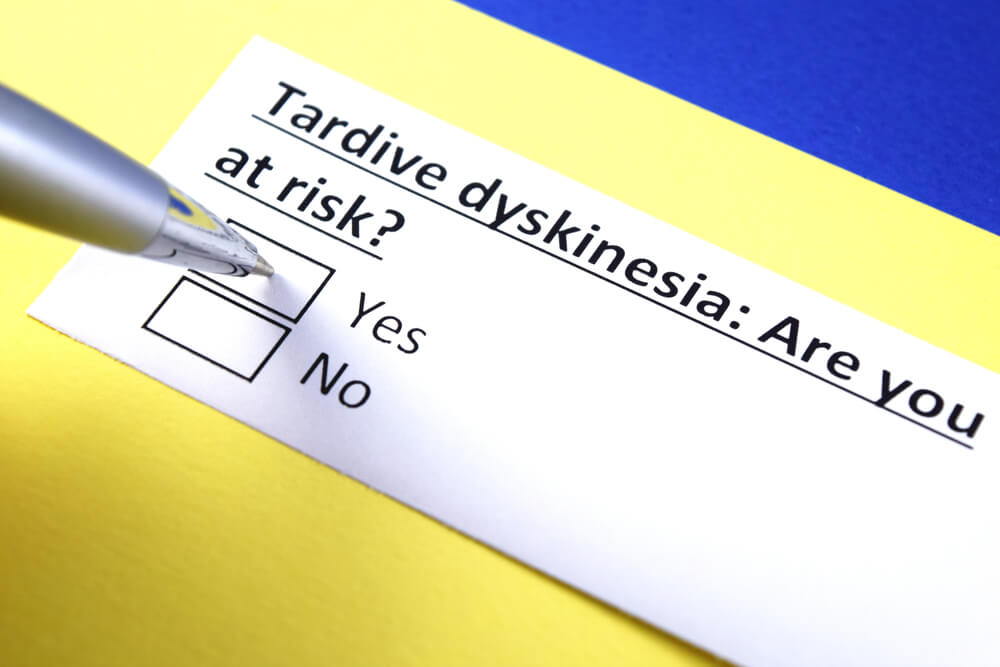DIAGNOSIS
Tardive dyskinesia can be difficult to diagnose. Manifestations probably won’t show up until months or years after you begin taking antipsychotic medications. Or on the other hand, you may initially see the movements after you’ve just quit taking the medication. Timing can make it difficult to tell whether the medication caused your symptoms.
If you take psychiatric medications, your physician should check you once per year to ensure you don’t have tardive dyskinesia. He can do a physical test called the Abnormal Involuntary Movement Scale, which will assist him with rating any strange movements.
He can likewise do tests to see if you have another disease that causes unusual movements such as:
- Cerebral palsy
- Huntington’s disease
- Parkinson’s disease
- Stroke
- Tourette’s syndrome
To rule out these conditions, he may request for blood tests or imaging tests of the brain.
TREATMENT
Treatment of tardive dyskinesia at first comprises of stopping the neuroleptic medication when involuntary facial, neck, trunk, or limb movements are recognized in individuals taking neuroleptic drugs. Utilization of an “atypical” neuroleptic medicine is used instead of traditional neuroleptics. At times, doctors may be compelled to reinstitute a neuroleptic medicine if the tardive dyskinesia manifestations don’t stop and turn out to be more serious after the drug is stopped.
Drugs to treat tardive dyskinesia may include:
Deutetrabenazine


